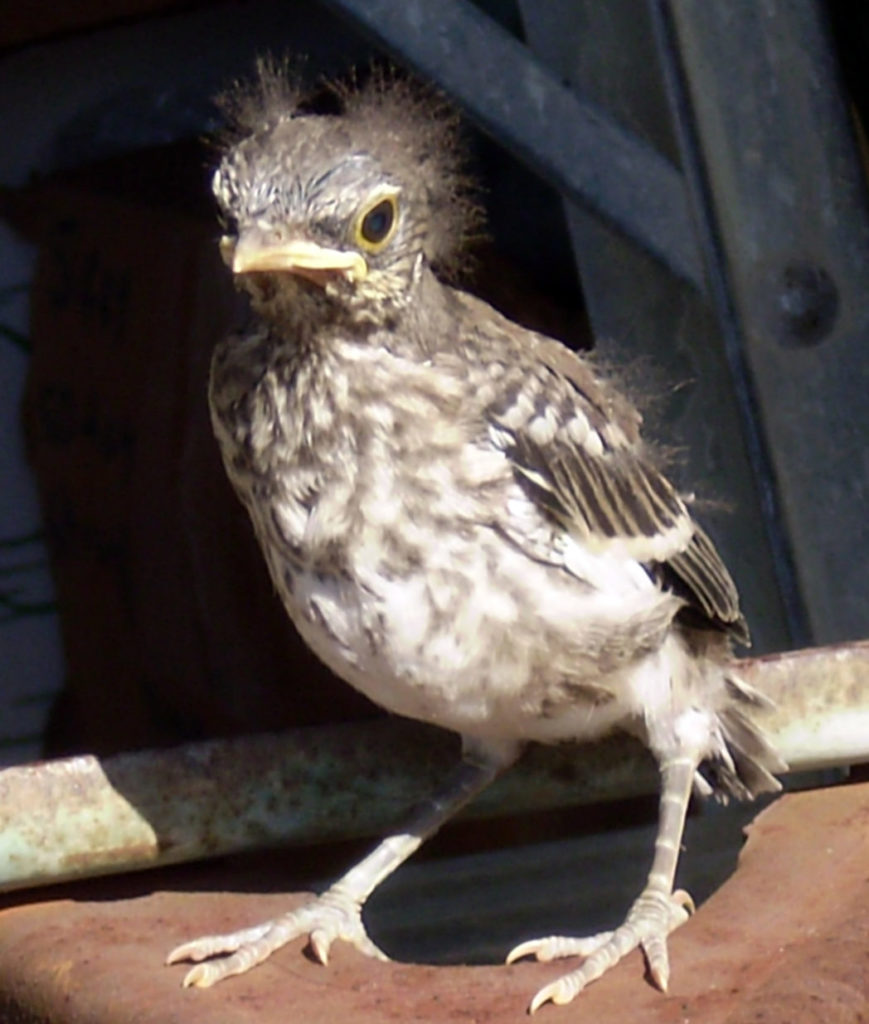Spring garden jobs
by Claudia Larsen
- Trim debris left from winter. Pruning old woody stems makes room for emerging leaves. Use this time to evaluate existing plantings — you may need to remove some and add new species or more of ones that are doing well.
- Give bird baths and feeders a spring cleaning, which will reduce disease potential for your visitors. Use a stiff brush and warm water, then rinse well. For mold and stains, use nine parts water and one part bleach, then rinse well. Allow feeder to dry before filling. Remember to occasionally clean up droppings below feeders or rotate feeders to others sites in your yard.
- Move any plant not in the right place. If a plant is not thriving, it may need an area with different moisture or light (be sure and water until established at the new site.
- Practice your seedling identification skills by looking for emerging plants.
- Check leaf shape, arrangement, color and texture then compare them to the Seedling Images guide on the Foundation’s Web site.
- Reduce maintenance in large gardens by selecting larger plants. Several herbaceous shrubs or a group of tall wildflowers such as ironweed (Vernonia spp.), Cutleaf coneflower (Rudbeckia laciniata), Frostweed (Verbesina virginica) or rosinweed (Silphium spp.) will fill an area and create nice visual layers of height.
- Keep a list of butterflies that visit your garden — you can attract 30 species or more by adding nectar and host plants.
- April and May offer prime wildflower viewing in Florida, so take a break from gardening to visit your local and state parks to “see what’s up.”
- Plan ahead: If you are thinking about garden expansion, you can prepare new sites now by applying herbicide or smothering turf under cardboard. Finish with leaves or composted mulch so your site will be ready for fall planting.
- Add a chair. How about a pink Adirondack to match your flowers? You work hard in the garden, so why not add a resting spot where you can take in ever-changing views.
- And don’t forget to send a picture to photos@flawildflowers.org — we’d love to see your garden!
For more on wildflower gardening, visit the Foundation’s Learn to Grow web page.

